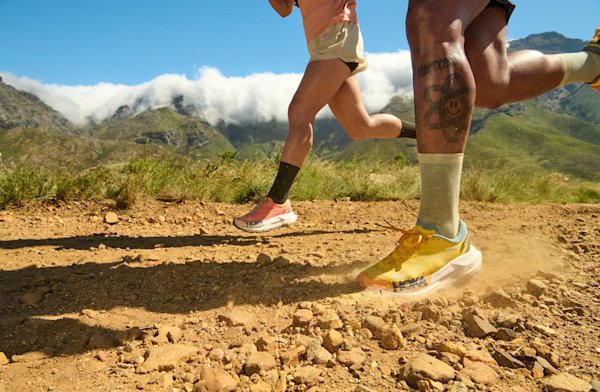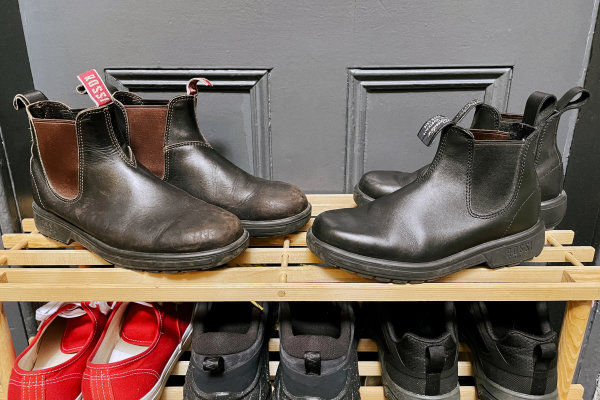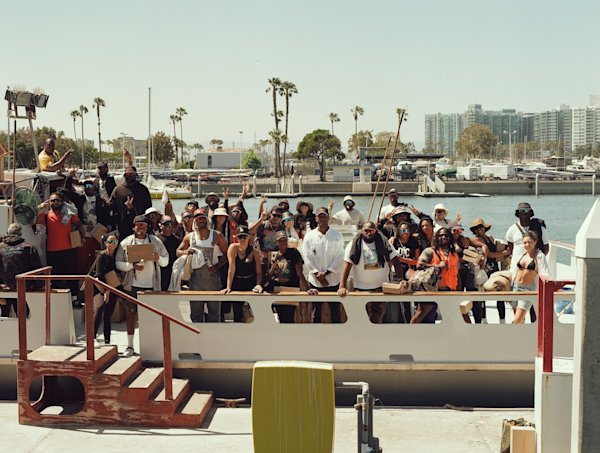The Patagonia Black Hole Duffel became an outdoor gear icon almost immediately upon release 21 years ago. Its basic design hasn’t changed—it is still a bag with, as the name suggests, a cavernous opening that accommodates heaps of clothes, gear, and equipment without fancy compartments or strap-down systems. This, plus the light, malleable, water-resistant TPU fabric exterior, makes for an adventure travel workhorse you’ll be able to use as your adventure travel workhorse without issue for years.
Trust me here, I should know: I lived out of a 2004 Black Hole Duffel for two years as a guide. And I’m not being cute here, like, I actually lived in my 2000 Chevy Silverado in 2010 and 2011 while raft guiding, traveling across the country, and kayaking throughout the pacific northwest. My entire closet fit in the first-generation Black Hole Duffel I got as a return from a Patagonia retail store where I had worked previously.
In other words, I'm a bit of a Black Hole expert. So keep reading to dive into the history of this iconic piece of outdoor gear, where I'll explore its origins, contemporary updates, and capacities.















